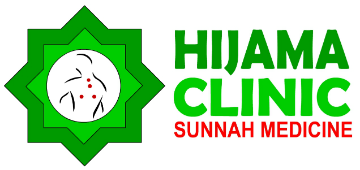History of Cupping
Cupping therapy is an incredibly ancient and universal practice that spans both East and West. In the East, the Chinese have been practicing the art of cupping for at least three thousand years. Along with Tui Na massage, acupuncture and moxibustion, cupping forms part of the traditional bodywork or physiotherapy system of TCM, or Traditional Chinese Medicine. Cupping is applied to the acupuncture points to relieve the stagnation of Qi and blood, both locally and in the organ(s) activated by the point. In the West, cupping therapy had its birth in Egypt. The Ebers Papyrus, written around 1550 B.C.E., states that bleeding by wet cupping removes foreign matter from the body. In cupping, the ancient Egyptians saw the remedy for just about every disorder. The ancient Egyptians passed the art of cupping on to the ancient Greeks. Both Hippocrates and Galen were staunch advocates and users of cupping therapy.
From the ancient Greeks and Romans, through the Alexandrians and Byzantines, cupping therapy was passed on to the Muslim Arabs and Persians. The Prophet Mohammed even sanctioned the use of cupping. In the West, cupping remained an important part of medicine and therapy, both conventional, alternative, and folk-based, until the early 20th century.
After falling out of favor with medicine in the modern era, cupping therapy is enjoying a resurgence in popularity, promoted by acupuncturists and other holistic healthcare practitioners.
General bloodletting, wet cupping and cauterization were commonly used all over the Middle East and Africa in the pre-Islamic area. Then Hijama Wet cupping Therapy was introduced just over 1400 years ago, during the advent of Islam. It was then practiced all over the Islamic Empire since Prophet Muhammad (PBUH) prescribed it as the “best of all medicines”. Typically, barbers performed the multiple roles of circumcision, cautery and cupping. Public steam baths or “hammam” all provided these services too.
Muslim women also played a vital role in the healthcare of their family and general population. It was normal for the matriarch of the family to be trained in dry and Hijama Wet Cupping as well other bodywork, midwifery and natural healing methods.
Thus, over time and extensive research, Muslims were able to develop Hijama Wet Cupping Therapy in to a fine healing art form. It was considered one of the first types of organized and documented surgery both in the Arab and Western world. It was researched, developed, recorded, promoted and practiced by some of the most famous Muslim Scholars and Surgeons. These men were giants in the fields of medicine, surgery, astronomy, mathematics, alchemy, psychiatry, philosophy and religion to name but a few fields. Their works strongly influenced Western medicine and surgery throughout history, even to this day. They all advocated Hijama Wet Cupping Therapy and in some cases; bloodletting and cauterization depending upon the disease or condition.
